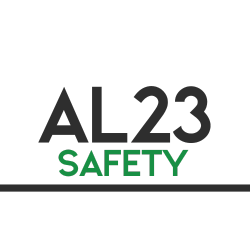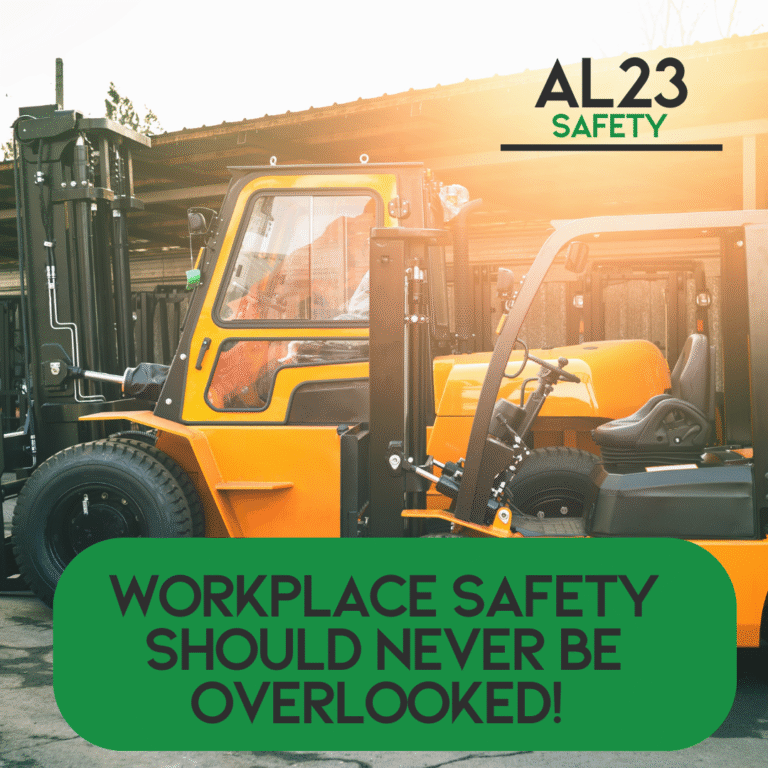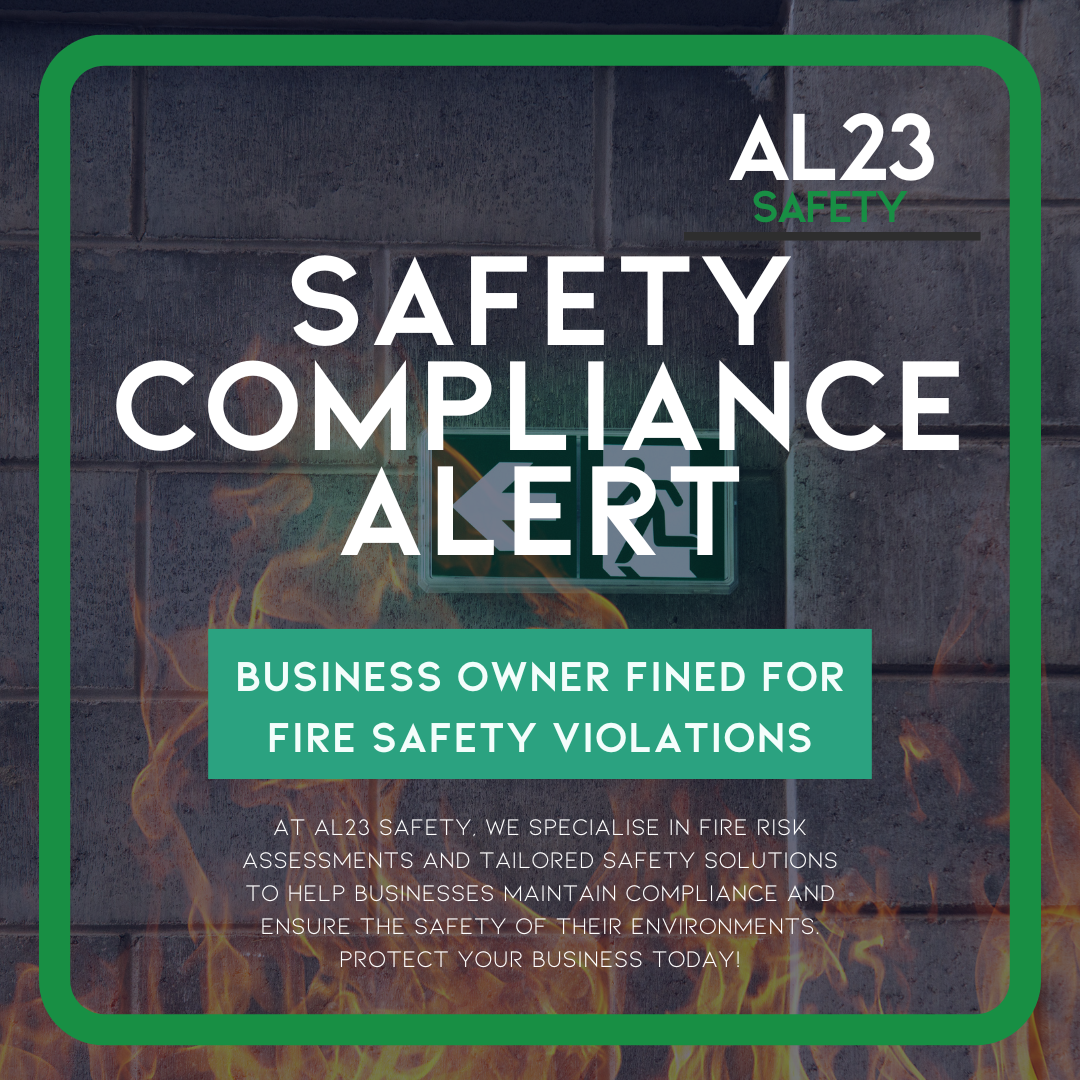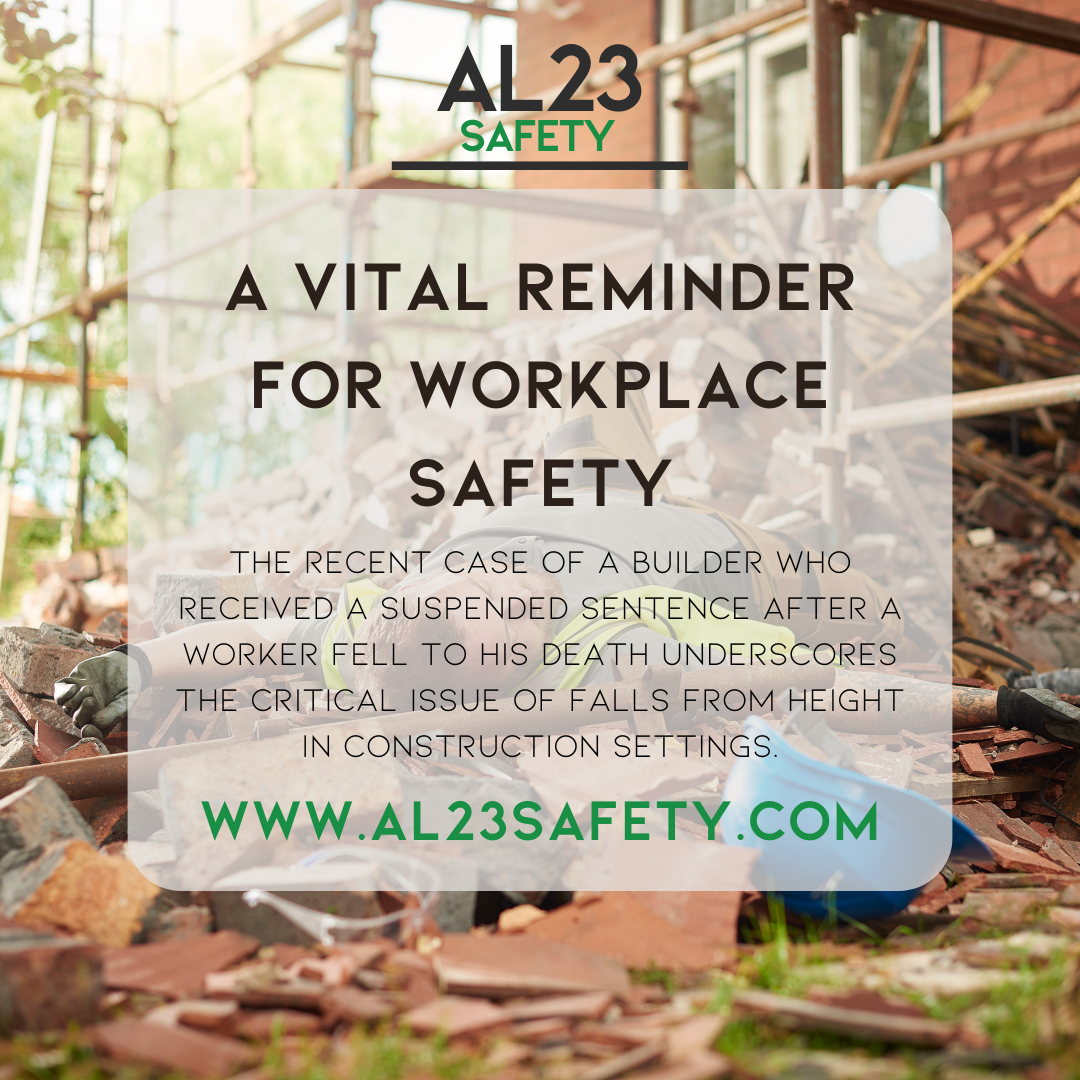Risk assessments form the foundation of robust workplace safety strategies, enabling businesses to identify hazards, mitigate dangers, and protect employees from harm. In the fast-paced world of logistics and operations, neglecting these critical evaluations can lead to devastating incidents, as tragically demonstrated by the Qube Containers Limited case. On 11 December 2023, at their Ipswich site, employee Harvey Addison suffered severe injuries when a forklift truck ran over his foot, resulting in a broken ankle, skin grafts, and a nine-day hospital stay. The Health and Safety Executive (HSE) investigation revealed failures in risk assessments, inadequate equipment, and unsafe work systems, culminating in a £30,000 fine for breaching Section 2(1) of the Health and Safety at Work etc Act 1974. At AL23 Safety, we emphasise the vital role of risk assessments in fostering health and safety compliance and preventing workplace accidents. This blog delves into the lessons from this incident, outlining seven crucial ways risk assessments safeguard your operations and how our expert services can support your business.
Understanding Risk Assessments in Workplace Safety
A risk assessment is a systematic process to identify potential hazards in the workplace, evaluate associated risks, and implement controls to eliminate or minimise them. Under UK legislation, including the Management of Health and Safety at Work Regulations 1999, employers are legally obligated to conduct these assessments regularly, particularly for high-risk activities like operating forklifts or handling materials. This involves consulting employees, reviewing processes, and documenting findings to ensure ongoing health and safety compliance.
In the Qube Containers incident, the lack of a proper risk assessment for emptying waste bins using a forklift highlighted glaring oversights. Harvey Addison was standing on a pallet loaded with tipping bins containing ratchet straps and chocks. As the forklift moved, trailing straps caught his foot, dragging him to the ground and causing the truck to drive over it. Simple evaluations could have identified the instability of the load and the risks to pedestrians, preventing this avoidable tragedy.
7 Crucial Ways Risk Assessments Prevent Workplace Accidents
Implementing thorough risk assessments is not just a compliance checkbox; it’s a proactive measure that saves lives and reduces costs. Here are seven essential ways they contribute to workplace safety:
- Hazard Identification: Risk assessments pinpoint dangers like unstable loads or poor traffic routes. In Qube’s case, assessing the bins’ contents could have revealed the entanglement risk from straps, averting the accident.
- Risk Evaluation and Prioritisation: By scoring risks based on likelihood and severity, businesses can focus on high-priority issues. This structured approach ensures resources are allocated effectively, enhancing overall HSE risk management.
- Control Measure Implementation: Assessments guide the selection of safeguards, such as barriers, signage, or alternative equipment. For forklift operations, this might include designated pedestrian zones or secure load restraints, directly addressing vulnerabilities exposed in the Ipswich incident.
- Employee Training and Awareness: Integrating training needs into assessments ensures workers understand risks and responses. Qube’s failure to provide suitable training exacerbated the incident, underscoring how empowered employees contribute to preventing workplace accidents.
- Legal and Regulatory Compliance: Regular assessments demonstrate adherence to HSE guidelines, avoiding fines like the £30,000 penalty faced by Qube Containers. This not only protects your business financially but also upholds ethical responsibilities.
- Continuous Improvement: Post-assessment reviews allow for updates as operations evolve, such as introducing new machinery. Following the Qube incident, the company pledged process changes, but proactive assessments would have prevented the need for reactive fixes.
- Fostering a Safety Culture: When risk assessments are embedded in daily practices, they build trust and vigilance among staff. This cultural shift reduces incident rates and boosts morale, turning safety into a shared priority.
Lessons from the Qube Containers Forklift Incident
The Qube Containers case serves as a poignant cautionary tale for industries reliant on heavy machinery. The HSE found that the company failed to risk assess the unsafe system of work and provide appropriate equipment, leading to Harvey Addison’s life-altering injuries. Key failures included not securing waste materials properly and allowing pedestrians on moving pallets, issues that a comprehensive risk assessment would have flagged.
HSE Inspector Adepeju Sogadgi emphasised: “This injury could easily have been prevented. Employers introducing new processes should make sure they assess the work activity sufficiently and apply effective control measures to minimise the risk.” Businesses must evaluate traffic management, equipment suitability, and emergency protocols to avoid similar outcomes. By learning from such incidents, companies can transform potential disasters into opportunities for stronger health and safety compliance.
Integrating Risk Assessments into Your Safety Strategy
To leverage assessments effectively, start with a site-wide audit, involving your team to gather insights. Use tools like HSE templates to document hazards, risks, and controls. For high-risk areas like forklift zones, conduct dynamic assessments during shifts to capture real-time issues.
At AL23 Safety, we specialise in bespoke risk assessment services tailored to sectors like logistics and manufacturing. Our experts conduct in-depth evaluations, develop action plans, and provide training to embed preventing workplace accidents into your DNA. We also offer ongoing audits to maintain compliance amid changing regulations.
Beyond risk assessments, our holistic approach includes fire safety integration, ensuring that health and safety strategies encompass all threats. Whether it’s forklift protocols or emergency evacuations, our solutions promote productivity without compromising safety.
The Broader Impact of Neglecting Risk Assessments
The ramifications of inadequate assessments extend far beyond immediate injuries. Qube Containers not only faced a substantial fine and costs of £3,752 but also reputational damage and operational disruptions. Victims like Harvey Addison endure long-term physical and emotional trauma, while businesses grapple with increased insurance premiums and potential shutdowns.
Proactive HSE risk management, however, yields tangible benefits: reduced absenteeism, lower claims, and a resilient workforce. Statistics from the HSE show that effective risk controls prevent thousands of accidents annually, underscoring the return on investment in thorough assessments.
Partner with AL23 Safety for Unrivalled Workplace Protection
Don’t let a single oversight derail your operations. At AL23 Safety, we’re committed to empowering UK businesses with expert consultancy that prioritises workplace safety. Our services include comprehensive risk assessments, tailored training programmes, and compliance audits designed to prevent workplace accidents and exceed regulatory standards.
Contact AL23 Safety today to schedule a no-obligation consultation. Explore our website to discover how we can fortify your health and safety compliance, creating a secure environment where your team thrives. Together, let’s turn insights from incidents like Qube Containers into unbreakable safeguards for your future.



